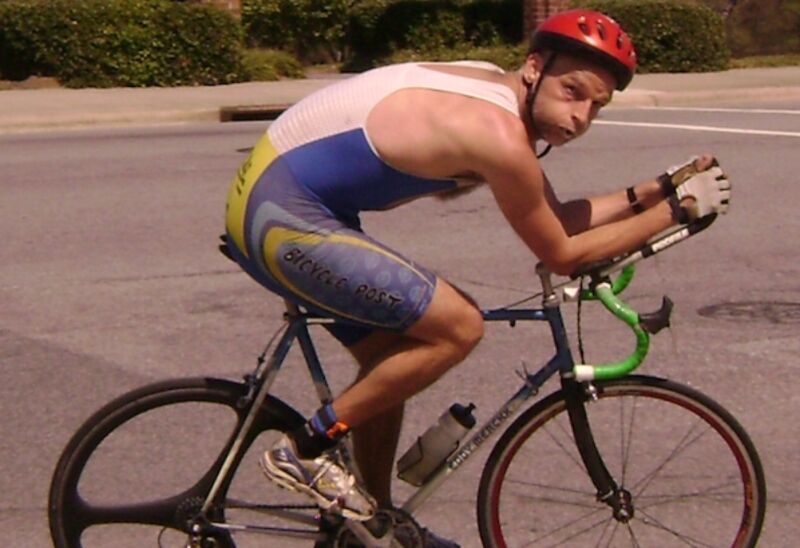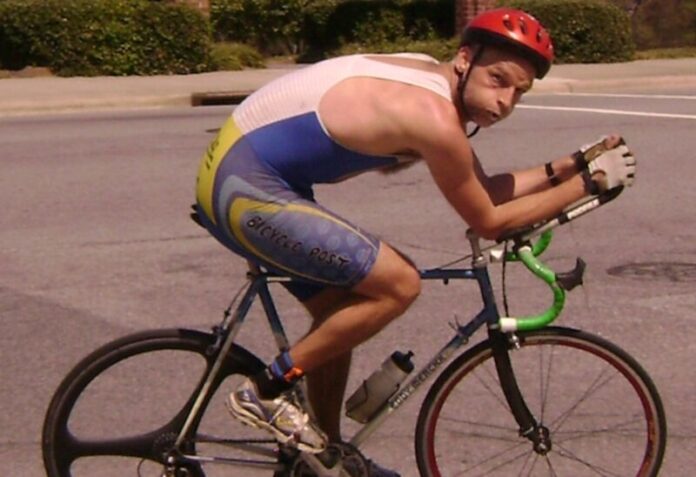
Enlarge / Physicist Martin Bier in an aerodynamic tuck, a cycling position that reduces wind resistance. (credit: Martin Bier)
Many avid bicyclists these days have hopped onto the "everesting" bandwagon, in which one rides up and down the same mountain route over and over until the total distance of one's ascents matches the elevation of Mount Everest: 8,848 meters or about 5.5 miles. Recently there has been debate over whether a strong tailwind could help a rider improve their time. But apparently that's not the case, according to a new paper published in the American Journal of Physics by physicist Martin Bier of East Carolina University in North Carolina.
The term "everesting" takes its name from George Mallory, grandson of the legendary 1920s mountaineer George Mallory who participated in the first three British Everest expeditions. Mallory the younger was prepping for his Everest attempt in 1994, and his training included weekend workouts involving bicycling up Mount Donna Buang in Australia many times until he had achieved the elevation of Mount Everest.
Twenty years later, another Australian cycling enthusiast, Andy van Bergen, started organizing worldwide "everesting" events. Participating cyclists would pick a hill near their homes and track each other's progress online. The events became extremely popular in 2020 after the outbreak of the COVID-19 pandemic sparked global lockdowns.
Read 8 remaining paragraphs | Comments
Ars Technica - All contentContinue reading/original-link]




